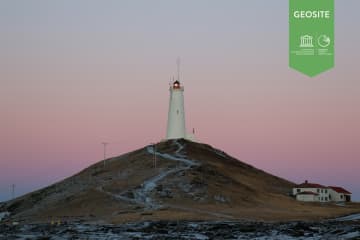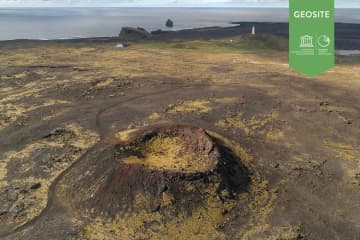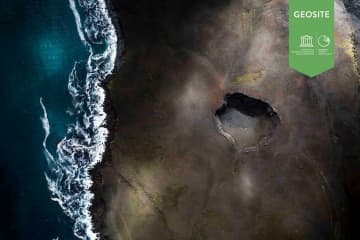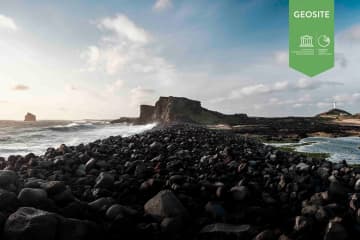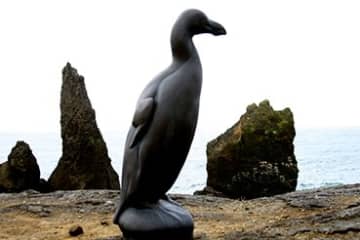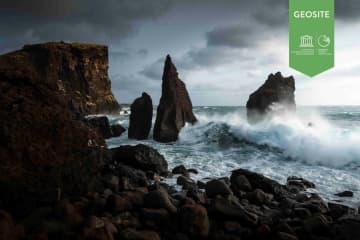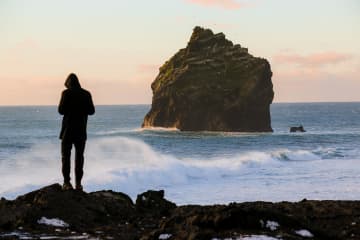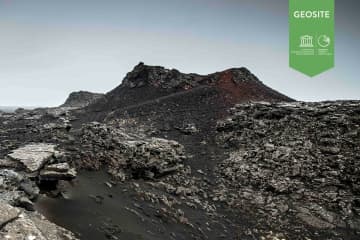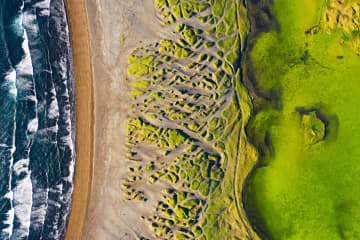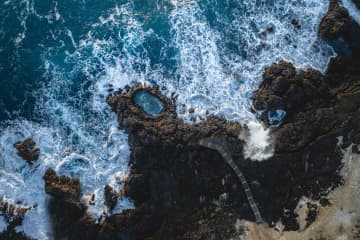Gunnuhver


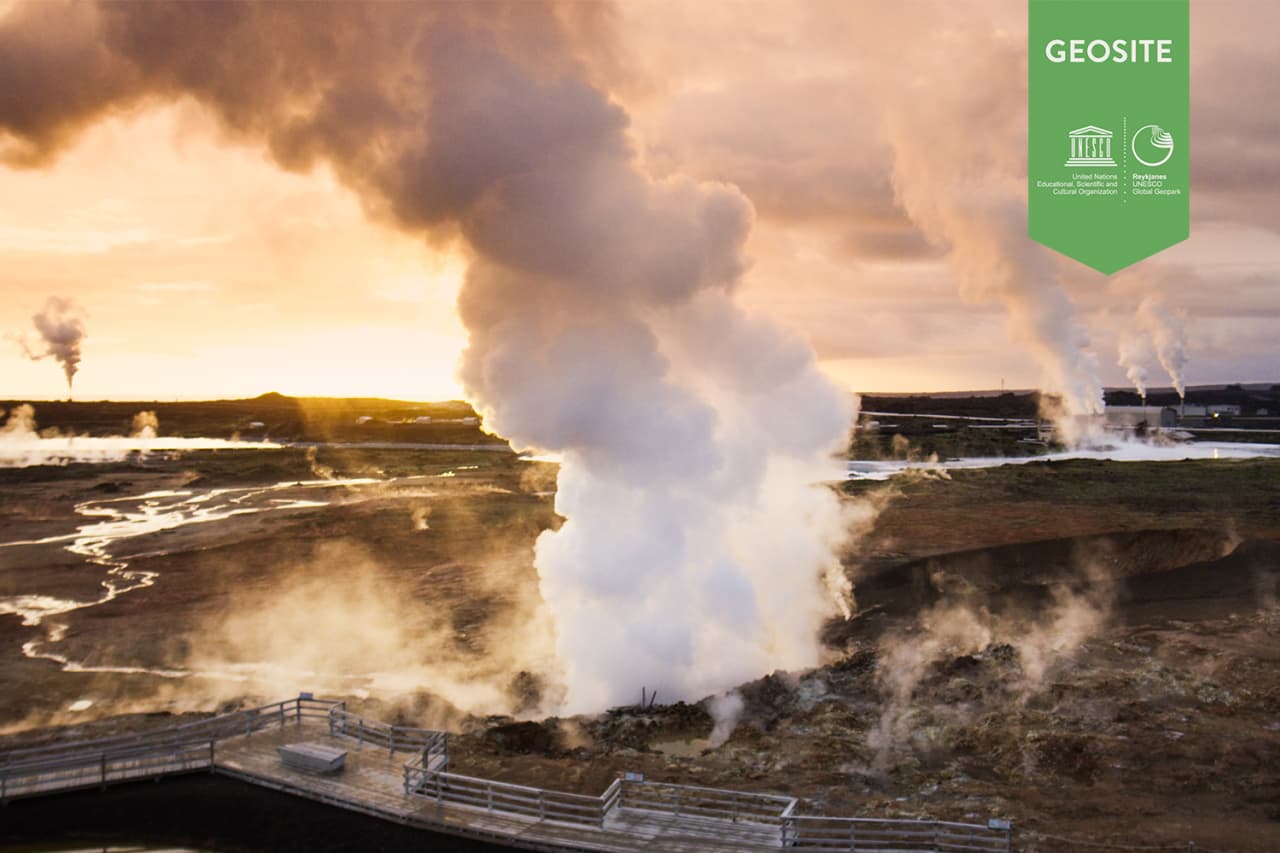







The mud pools and steam, vents in south-west Reykjanes.
The area is close to Reykjanes lighthouse and is collectively named Gunnuhver after a female ghost that was laid there. She caused great disturbance until a priest set a trap for her, and she fell into the spring about 400 years ago. Read more about her story in our blog about Gunnuhver.
The mud pools take form where steam from boiling geothermal reservoir water emanates and condenses and mixes with surface water. Accompanying gases such as carbon dioxide and hydrogen sulphide make the water acid. This causes alteration of the fresh lava rock to clay.
Steaming of the ground at Reykjanes increased markedly as a consequence of a pressure drawdown in the geothermal reservoir upon the start of production from the reservoir in 2006.
Iceland´s largest mud pool at present prominent, highest up in the Gunnuhver group. It is 20 meters wide across a rim of mud, boiling vigorously.
Two ramps are located at the Gunnuhver group, on close to Gunnuhver itself where you can look down to the spring and hear the vigorous noise, see the boiling water and feel the power bursting from the ground and the steam on your face. The other ramp is located on Kísilhól a silica hill. From there you have a good view over Gunnuhver group and surroundings.
Gunnuhver stands in the heart of the Reykjanes UNESCO Global Geopark where the North Atlantic ridge rises from the ocean, you find 100 different craters and lava fields, bird cliffs, high geothermal areas, black sand beaches, The Bridge Between Continents, geothermal power plants, lighthouses, and exhibitions.


